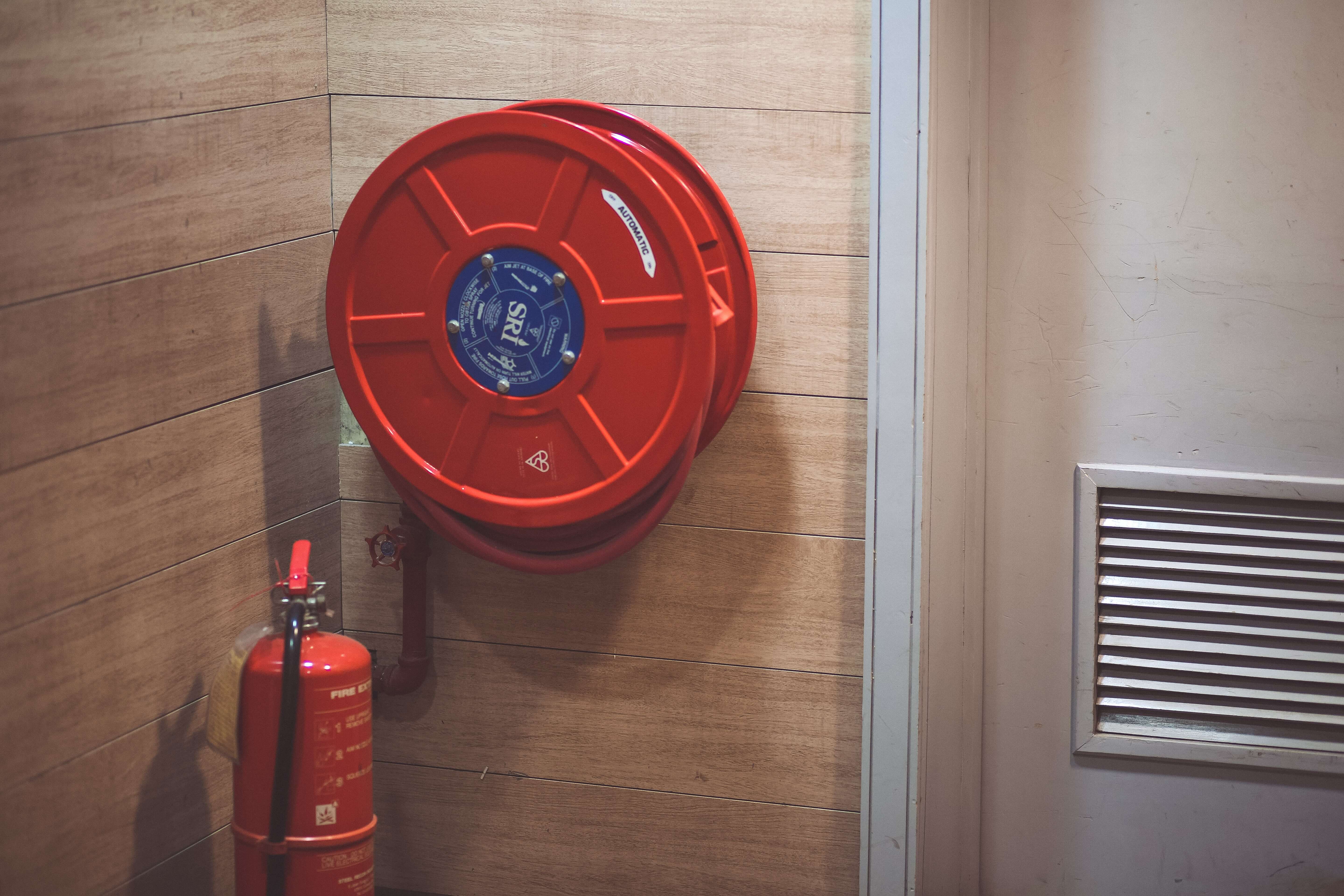What are the types of Fire Risk Assessment

In the event of a fire, the landlord of the apartment building is the Responsible Person and is responsible for ensuring the safety of all tenants. A responsible individual needs to be aware of what is required and how it will be accomplished.
For a purpose-built apartment block, four different fire risk assessment types can be performed. The discrepancies are caused by the size of the building having the necessary fire risk inspection. The fire risk categories must be accurate for the specific type of property and the level of structural protection that has been provided.
An incorrect assessment will cost you financially and/or negatively affect the property. An assessment will cost more the more in-depth it is, and in some cases, the fees could be significant. If the fire risk assessment type is inappropriate, the property will likely suffer. Invasive inspections may uncover damage that, if not repaired right away, could affect the installed passive safety measures or necessitate ugly repairs.
The four available fire risk assessment categories are described below, with tips to assist you in determining which type you require.
Type 1 – Common parts only (non-destructive)
Non-destructive Type 1 Fire Risk Assessments (FRAs) are the most typical. A Type 1 FRA evaluates all communal areas of a building, such as a lobby in a shared apartment building, but not specific residences. A Type 1 FRA may inspect building connections (such as shared support walls) between separate dwellings, but this is not always essential.
A Type 1 FRA aims to ensure those common areas of a building are equipped with features that enable occupants to evacuate in the event of a fire, such as prominent signage showing access and exit locations. As far as is reasonably possible, without the need for any construction to be opened, it needs to consider any structure built to divide the flats from the communal areas. There is no need to enter the flats past the entrance with this method of fire evaluation.
Type 2 Fire Risk Assessment: Common parts only (destructive)
Type 2 fire risk assessments are comparable to Type 1 fire risk assessments, with the exception that a sampling-based, destructive inspection is conducted to verify the property’s separating construction. This kind of fire risk assessment is often a one-time procedure that is only performed if there is solid evidence that there may be major structural flaws that could cause a fire to spread beyond its initial source.
The completion of a Type 2 Fire Risk Assessment is a serious task that takes time and money. The fire risk assessor may need to collaborate with several professionals. A qualified asbestos assessor must also be present when inspecting properties constructed prior to 2000 because these materials may be concealed within the building.
A construction contractor will also be required, both to assist in gaining access to the property’s structure and to do any needed repairs. However, most reputable fire risk assessment firms will employ an endoscope to reduce harm.
Type 3 – Common parts and flats (non-destructive)
By taking into account the flats as well as the communal areas, Type 3 FRAs go above and beyond what is required by law. In all places, including the flats, factors like means of escape, compartmentation between flats, and means of fire detection are taken into account.
The systems for fire detection (smoke alarms) and the means of escape must be examined in a sample of apartments as part of this assessment of fire risk.
If there is a substantial fire risk to inhabitants in the event of a fire in their apartments, Type 3 inspections may be required.
Type 4 Fire Risk Assessment: Common parts and flats (destructive)
The scope of a Type 4 fire risk assessment is the same as a Type 3 fire risk assessment, with the exception that a sampling-based destructive inspection is conducted in both the common areas and the apartments.
This sort of fire risk assessment is the most thorough, but it should only be used in rare situations, including when the history of the work being done is unknown, and there is cause to believe there is a substantial risk to the people.
To open up any construction for inspection and to repair it when the examination and testing are over, a contractor must be present. It is frequently required to conduct these tests and inspections in vacant apartments due to the nature of the task.
Overall, there are several factors to think about when considering Fire Risk Assessment. A damaging FRA will have costs and advantages that landlords need to assess. Before beginning any destructive work, it is essential to carefully evaluate whether your building contains asbestos if it was built before 2000. Landlords must weigh the potential improvements to fire safety against the inconvenience to tenants, and the time it will take to restore the building to its pre-renovation state.


